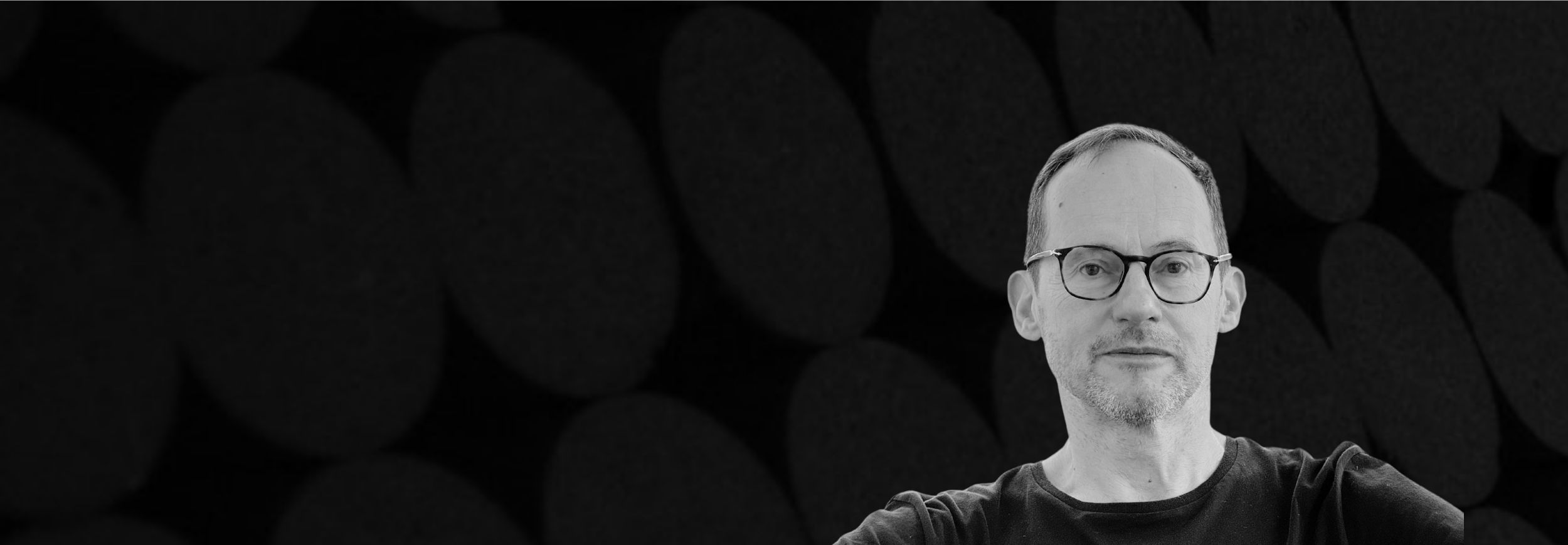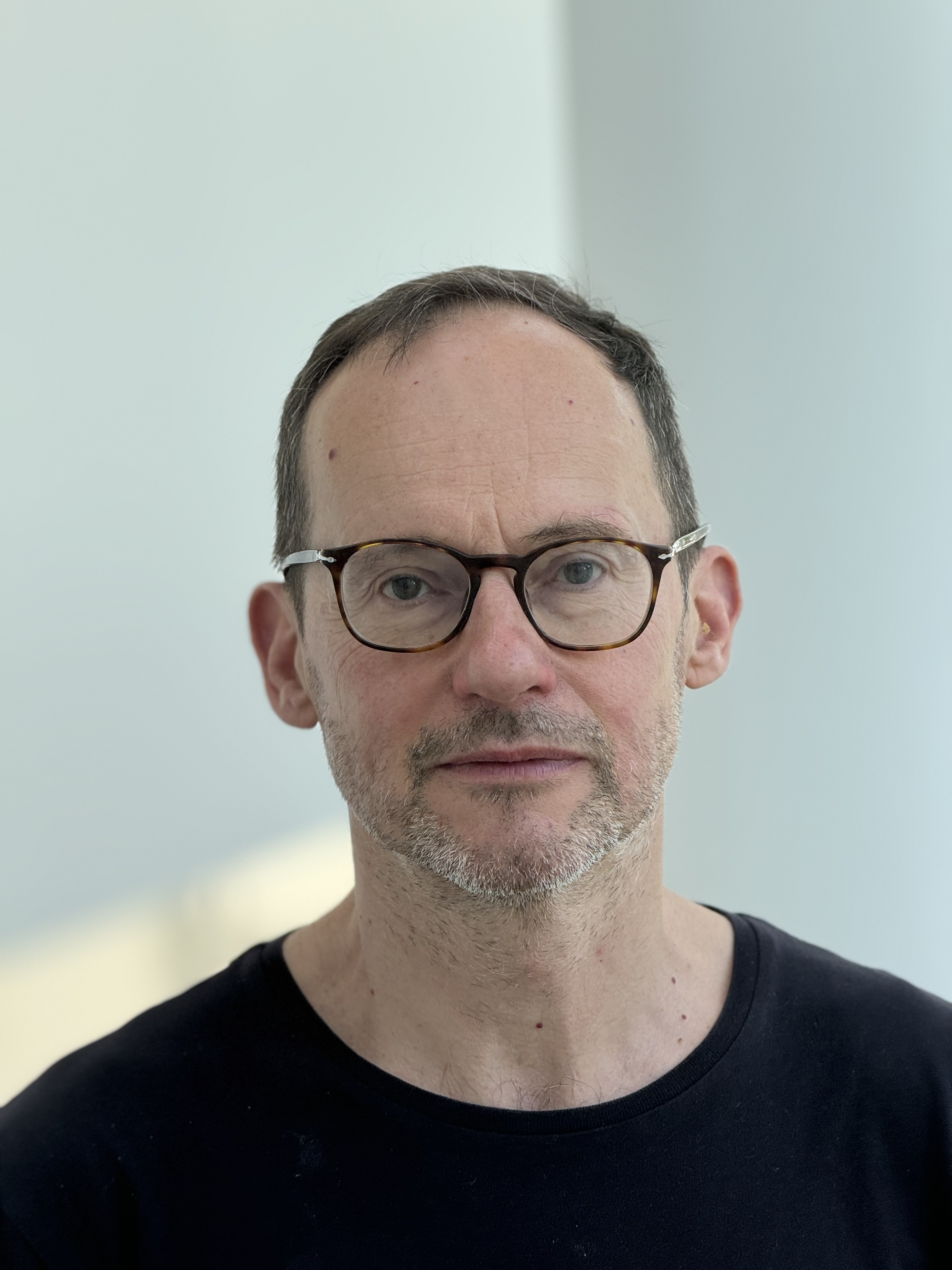

David Sawer
The Lighthouse Keepers
Duration: 30'
Text von: Paul Autier, Paul Cloquemin
Text bearbeitet von: David Harrower
Roles:
Bryand (Vater)
Sprechstimme Yvan (Sohn)
Sprechstimme
Instrumentation details:
flute
oboe
clarinet in Bb
horn in F
trumpet in C
percussion
violin
viola
violoncello
Sawer - The Lighthouse Keepers for two actors, ensemble and tape
Sample pages
Audio preview
Video
Work introduction
Your third premiere is going to be a work for music theatre called The Lighthouse Keepers, which will be performed in July again by the Birmingham Contemporary Music Group. In this you also have two main figures. This time it’s a father and a son, in Flesh and Blood it was a mother and a son. But in The Lighthouse Keepers it’s two actors, not two singers.
Sawer: Yes, that’s right, there’s no singing in it. I wanted to write a piece where the rhythms of speech are notated in the score. The Lighthouse Keepers is based on a French play written by Paul Autier and Paul Cloquemin for the Théâtre du Grand-Guignol in Paris at the turn of the 20th century, a tiny little theatre which presented shows which were basically designed to shock and terrify the audience. The original play was translated and I asked the playwright David Harrower to make an adaptation. There is an ensemble of nine, the same instruments as in Rumpelstiltskin apart from the three bass instruments, because the two male characters will occupy the bass register of the sound. The actors will read the play as though they are recording it for radio. The theatre will be in the audience’s imagination – hopefully.
What’s the story about?
Sawer: Going back to the original it’s quite poetic: father and son are trapped in this lighthouse. It’s not the age of mobile phones, they can’t get any outside help. The son has been bitten by a dog and is not able to turn on the light of the lighthouse. There is a ship approaching the rocks which is in danger of crashing – and then this all cumulates into a moment at the end.
Why didn’t you want singing in The Lighthouse Keepers?
Sawer: That’s a good question. I think that just technically I wanted to write something which was spoken. I suppose it’s closest to Sprechstimme, but it’s not performed by singers, it’s performed by actors speaking.
You probably know that there is a silent film based on this very story by Jean Grémillon called “Gardiens de phares” from 1929. As soon as I read about that film, I immediately thought of your work Hollywood Extra, which you composed to accompany a silent film. Does your work The Lighthouse Keepers have anything to do with the silent film by Grémillon?
Sawer: No. I found out that there was this silent film made in the late 1920s which is set in the original lighthouse. It’s a famous lighthouse on the north coast of the Bretagne, very far out to sea and very isolated. I contacted the Cinémathèque Française and they sent me a copy of the film. I don’t think silent films were ever meant to be silent, they were just waiting for sound to catch up with film. That period of French film is very Impressionistic, it seems to be the equivalent of Debussy in music, there are a lot of elements of the sea and weather in this film. “The Life and Death of 9413 – a Hollywood Extra” was a short avant-garde film, made in America in 1928, directed and designed by French and Hungarian emigrants. It was an attempt at making a Hollywood film in the expressionist style, and it was a complete failure. It doesn’t have a happy ending. I was asked by the British Film Institute to write a score to go with the film, and that was a technical challenge, to try and hit visual cues spot on with the music. It’s exciting when the music is live, because you bring the film to life, the audience can see the connection between something that’s fixed – the film – and something that is being created live – the music.
Interview from Musikblätter 5
